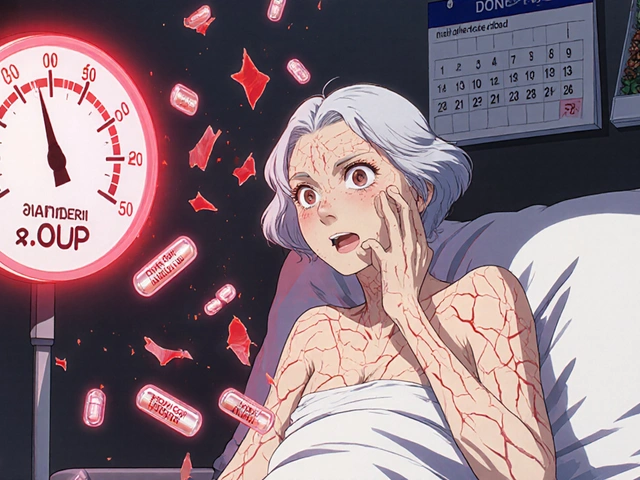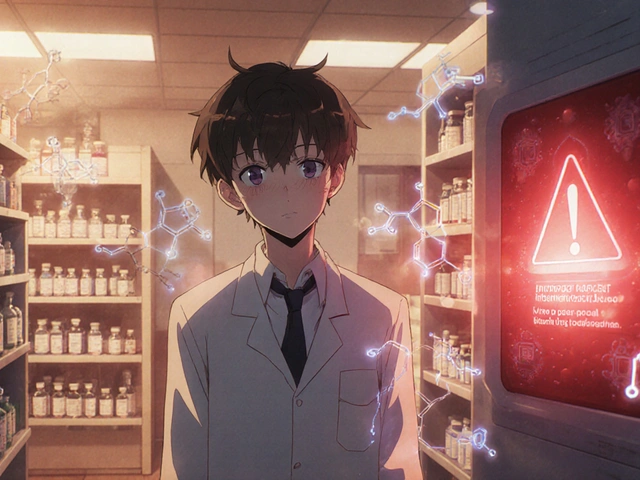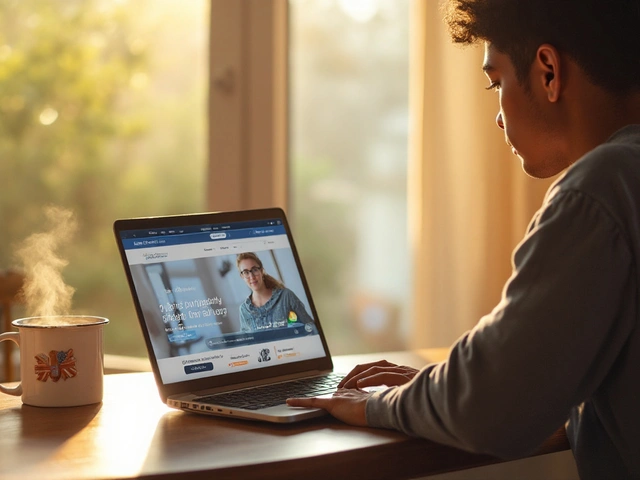SGLT2 Inhibitors – Quick Facts and Real‑World Use
If you’ve heard doctors mention a pill that helps with type‑2 diabetes, heart failure, or kidney disease, they’re probably talking about an SGLT2 inhibitor. These drugs belong to a newer generation of diabetes meds that do more than just lower blood sugar.
At the core, SGLT2 inhibitors block a protein in the kidney called sodium‑glucose co‑transporter‑2. That protein normally re‑absorbs glucose back into the bloodstream. When it’s blocked, extra sugar leaves the body through urine, which brings down blood glucose levels without needing extra insulin.
Why Doctors Like Them: Beyond Sugar Control
Because they pull sugar out in the urine, patients often lose a few pounds and see a modest drop in blood pressure. Those side benefits have turned SGLT2 inhibitors into a go‑to option for people with cardiovascular risk.
Large trials with drugs like empagliflozin, dapagliflozin and canagliflozin showed lower rates of heart‑failure hospitalisation and slower progression of chronic kidney disease. That’s why many guidelines now list an SGLT2 inhibitor as a first‑line add‑on for patients with diabetes who also have heart or kidney problems.
Common Names You’ll See on Prescriptions
Here are the three most frequently prescribed SGLT2 inhibitors:
- Canagliflozin – sold as Invokana.
- Dapagliflozin – sold as Farxiga.
- Empagliflozin – sold as Jardiance.
All come in once‑daily tablets and can be taken with or without food. Your doctor will pick the one that fits your other meds and health goals.
Even though they’re powerful, SGLT2 inhibitors carry a few warnings. The most common complaints are genital yeast infections and urinary‑tract infections. Since more sugar ends up in the urine, fungi love the environment.
Staying hydrated and wiping front‑to‑back can cut the risk. If you notice itching, burning, or unusual discharge, call your doctor right away.
Another possible issue is dehydration, especially if you’re on a diuretic or exercise heavily. Because you lose extra fluid in the urine, you might feel light‑headed or have low blood pressure. Keep a water bottle handy and monitor how you feel.
Rarely, a serious condition called euglycaemic diabetic ketoacidosis (DKA) can happen. It looks like regular DKA but with normal blood‑sugar numbers. If you feel nausea, vomiting, or severe stomach pain, seek medical help fast.
People with severe kidney impairment (eGFR below 30 mL/min/1.73 m²) usually can’t use these drugs, because the kidneys can’t filter the excess sugar out safely.
Pregnant or breastfeeding women should avoid SGLT2 inhibitors unless a doctor says otherwise. The safety data for infants is still limited.
When you start an SGLT2 inhibitor, your doctor will check your kidney function, blood pressure, and labs for any signs of infection. Most people see a drop of about 0.5‑1% in HbA1c within three months.
If you’re already on insulin or another diabetes pill, you may need a dose tweak to avoid low blood sugar. Your doctor will guide you through the adjustment.
Bottom line: SGLT2 inhibitors are a handy tool for managing blood sugar, protecting the heart, and slowing kidney damage. They’re not magic, but they add real value when used correctly.
Talk with your prescriber about whether an SGLT2 inhibitor fits your health picture, and keep an eye on hydration and any signs of infection. With the right precautions, these drugs can make a noticeable difference in everyday life.
Forxiga: Uses, Benefits, Side Effects, and Real-World Tips
Discover the real story behind Forxiga, from its benefits and side effects to practical advice for patients and families. Essential info for 2025.






